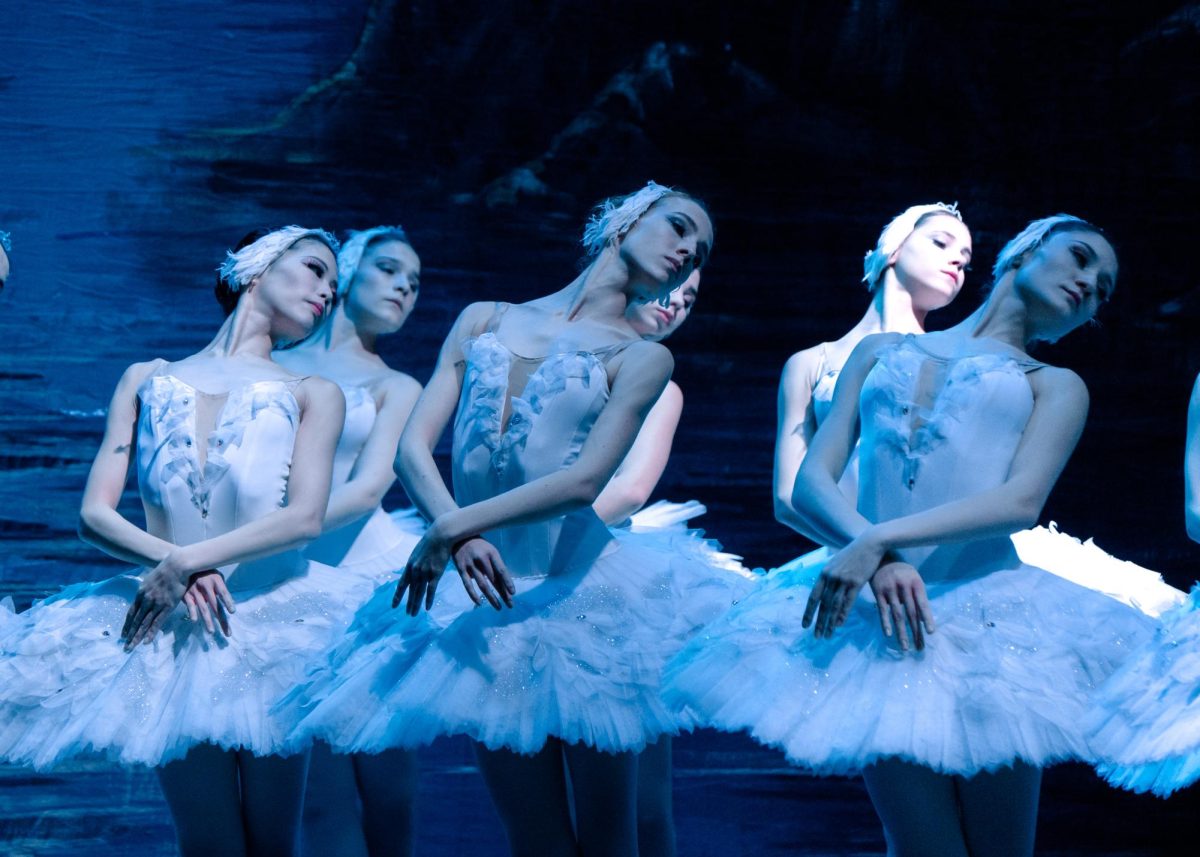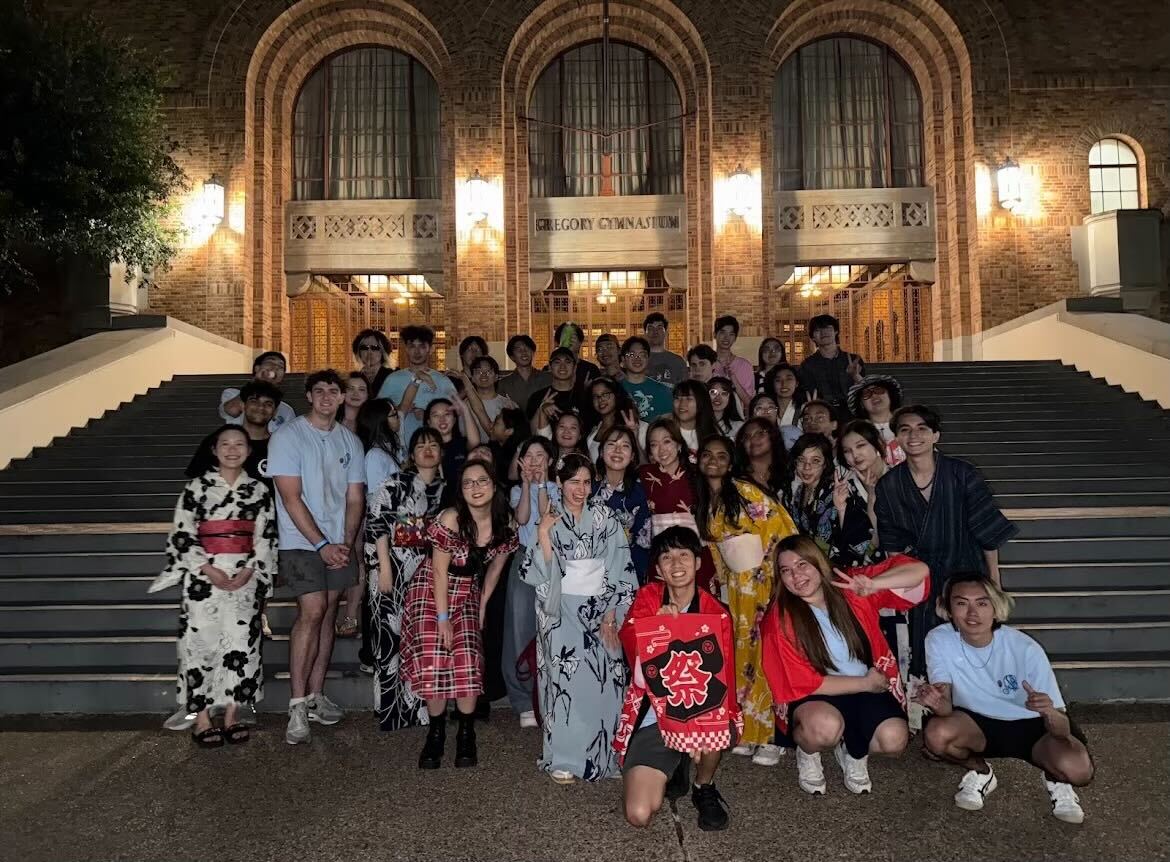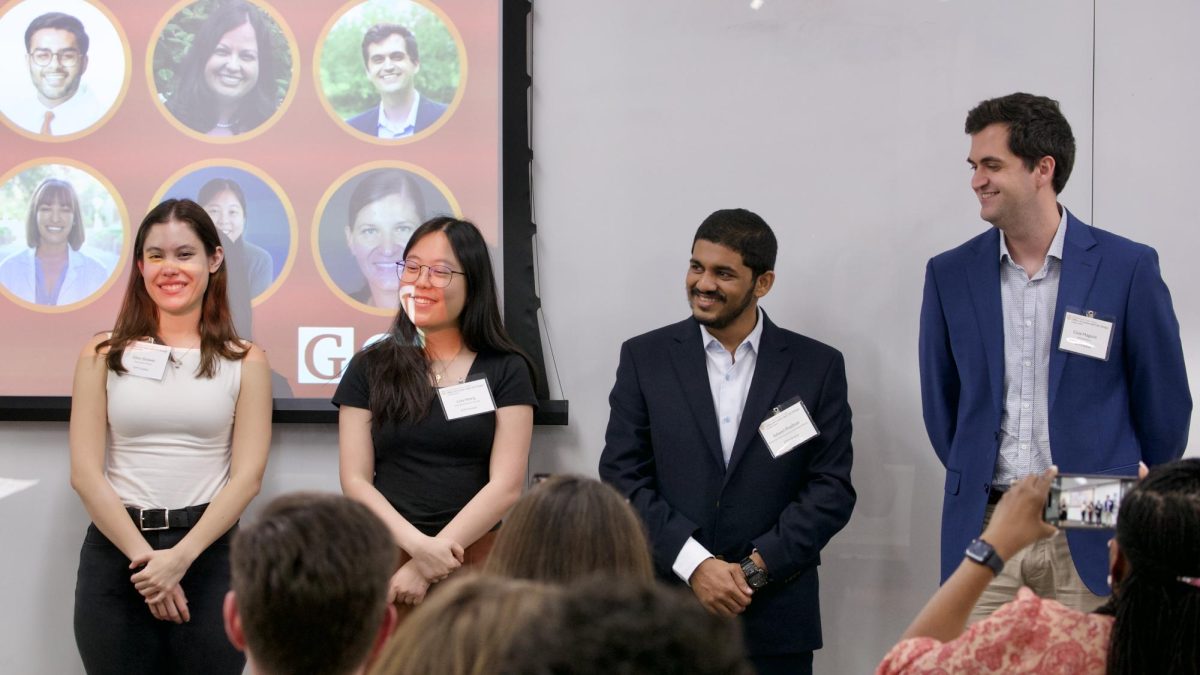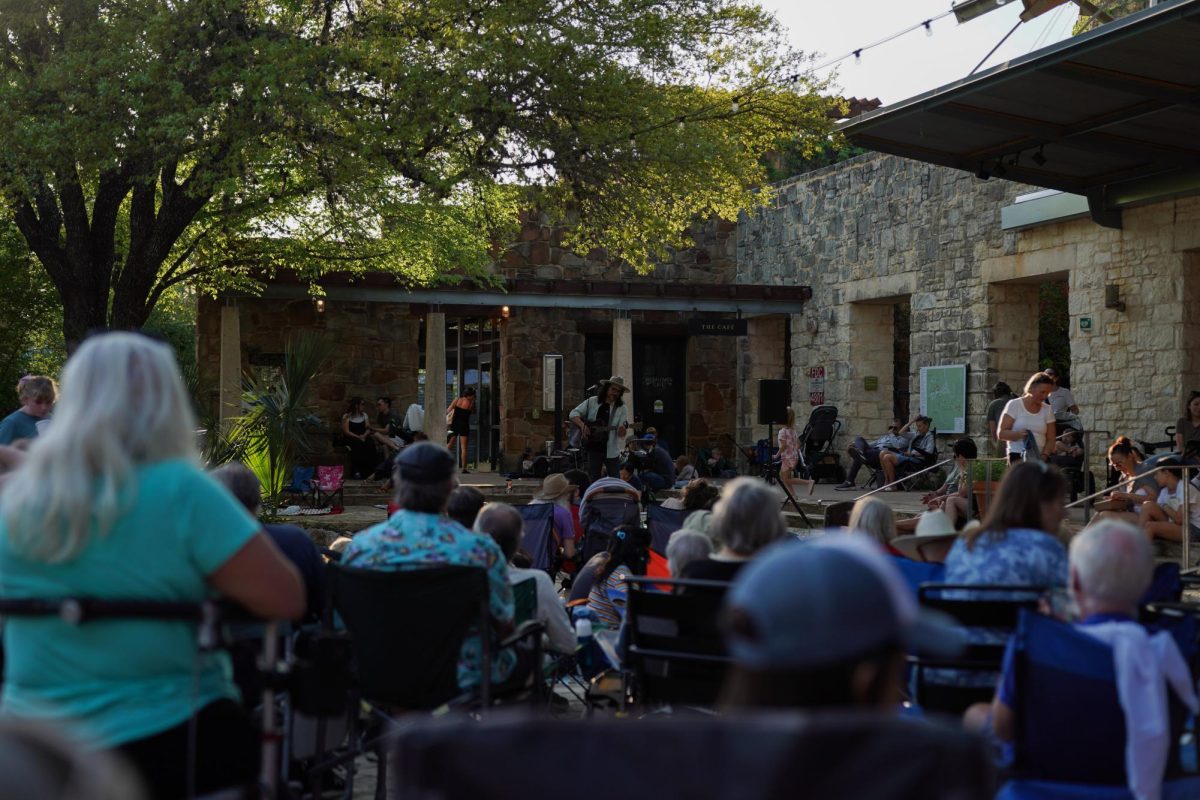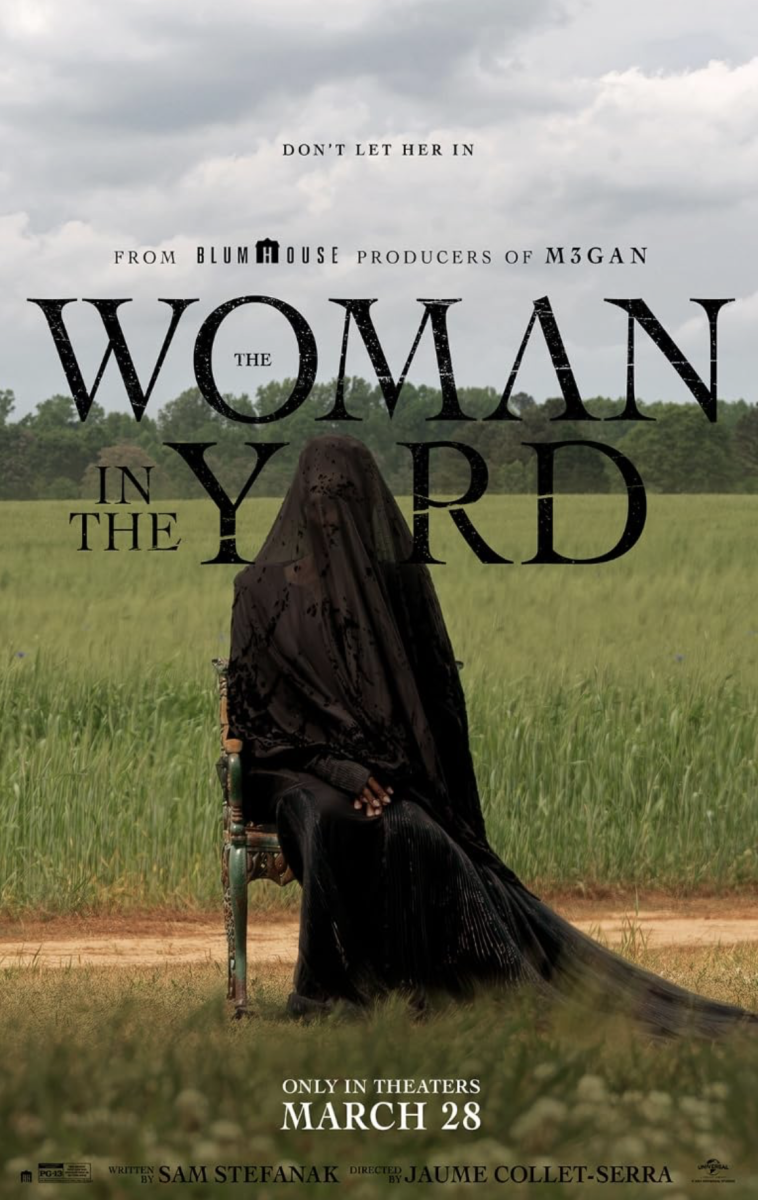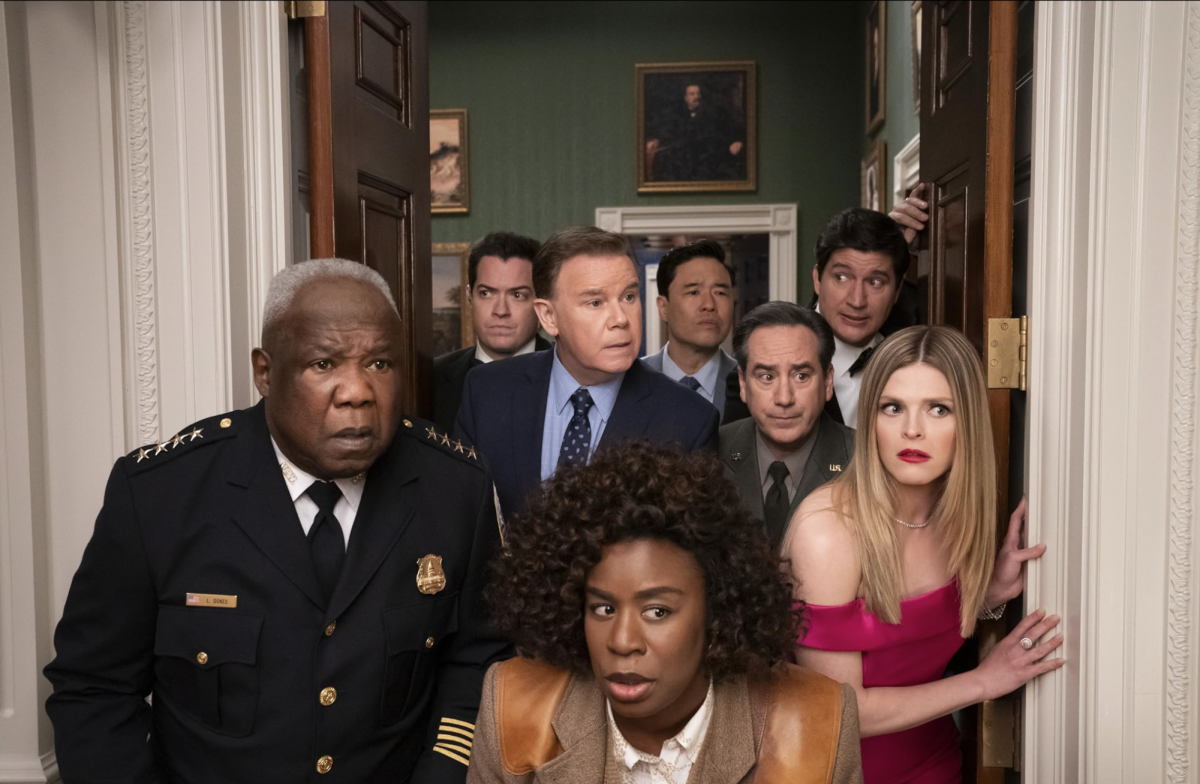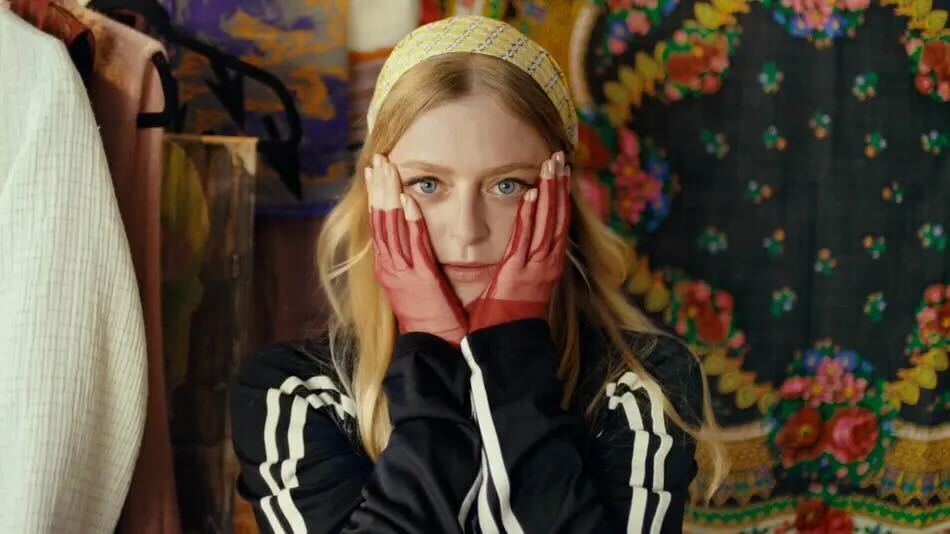Editor's Note: The Life & Arts senior staff combed through this year’s pop culture and selected the artists, albums, books and movements that they think, in one way or another, helped define 2011. This is the second in a two-day series.
2011 certainly wasn’t a banner year for America. After all, political gridlock, massive protest movements and a slowly collapsing economy have made for a fairly volatile climate, and it’s no surprise that many of this year’s filmmakers took it upon themselves to look back to better days.
Many films were, in one way or another, looking back into the past, and more importantly, reflecting upon the ways movies themselves are a major part of the past, present and future. Look at J.J. Abrams’s moving “Super 8,” constructed as an elaborate tribute to Spielberg adventure films of the 1980’s and working both as a nostalgic walk down memory lane and a big-budget exploration of the ways cinema and the shared joy of working on something you love can put a person back together.
Other films were interested in what exactly makes movies so compelling to us, and explored the subject by taking romanticized looks back at Hollywood’s history. Films like “The Artist” and “My Week with Marilyn” are both fairly detached examinations of stardom, and the ways that a star’s on-screen image can be simultaneously corrosive and fulfilling, the stars gladly bringing about their own emotional or financial ruin off-screen so that their fans can continue to admire them in theaters.
However, no two films capture nostalgia and the importance of film more effectively and succinctly than Martin Scorcese’s “Hugo” and Woody Allen’s “Midnight in Paris.” Both films are by verifiable masters of cinema, relocated from their trademark New York City locale to the wonders of Paris, France, and both make very different arguments concerning nostalgia.
“Midnight in Paris” is one of the year’s great success stories and easily one of its finest films. Allen surrogate Gil (played by Owen Wilson) is a writer wishing he could live in the Paris of the past, and finds himself magically transported back so he can rub elbows with some of history’s most remarkable artists, including Ernest Hemingway, brought to life by a splendid performance from Corey Stoll.
The film captures everything that makes a yearning for the past so special, from the swooning vocals of Cole Porter performing live in the corner to the sheer beauty of 1930’s Paris, but also functions as a condemnation of nostalgia, demonstrating how it can be just as creatively destructive as it is inspiring and as dangerous as it is seductive. Even though Allen stresses the importance of living in the present, one can’t help but notice the undeniable sense of romance and wonder that defines much of “Midnight’s” appeal.
Meanwhile, Martin Scorcese’s “Hugo” is a film with a very different agenda on its mind. Set entirely in the Golden Age that Allen’s film simultaneously idolizes and
dismisses, Scorcese portrays his setting as a beautiful, elegant time and place, but is far more concerned with making an impassioned stand for film preservation.
Scorcese’s film is less about nostalgia than it is the importance of film history, but still functions as an examination of the importance of the past in its own way.
After all, the films Scorcese wants to preserve are the ground floor of the skyscraper of cinema, and throughout the film, various characters are discussing how movies are a special place, one where dreams can come true and troubles can fall away.
Films this year have taken long looks at the medium, its history, and how important it is for audiences of all ages. While Allen’s “Midnight in Paris” cautions against too much focus on the past, films like “Hugo” or “Super 8” make an argument that’s just as convincing, painting movies as much more than a trifle or distraction, showing us how pictures of the past can be important, fulfilling, or even, every once in a while, magical.



